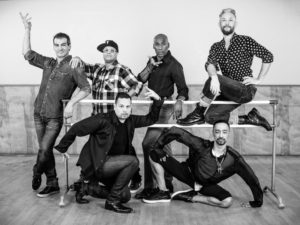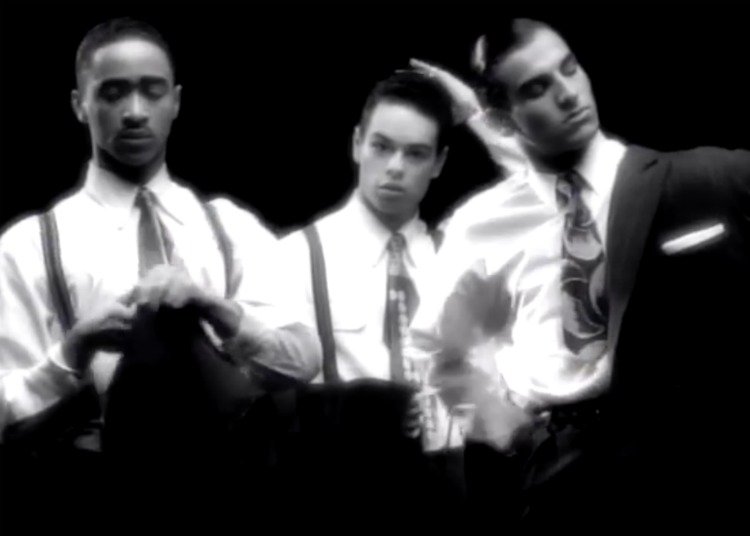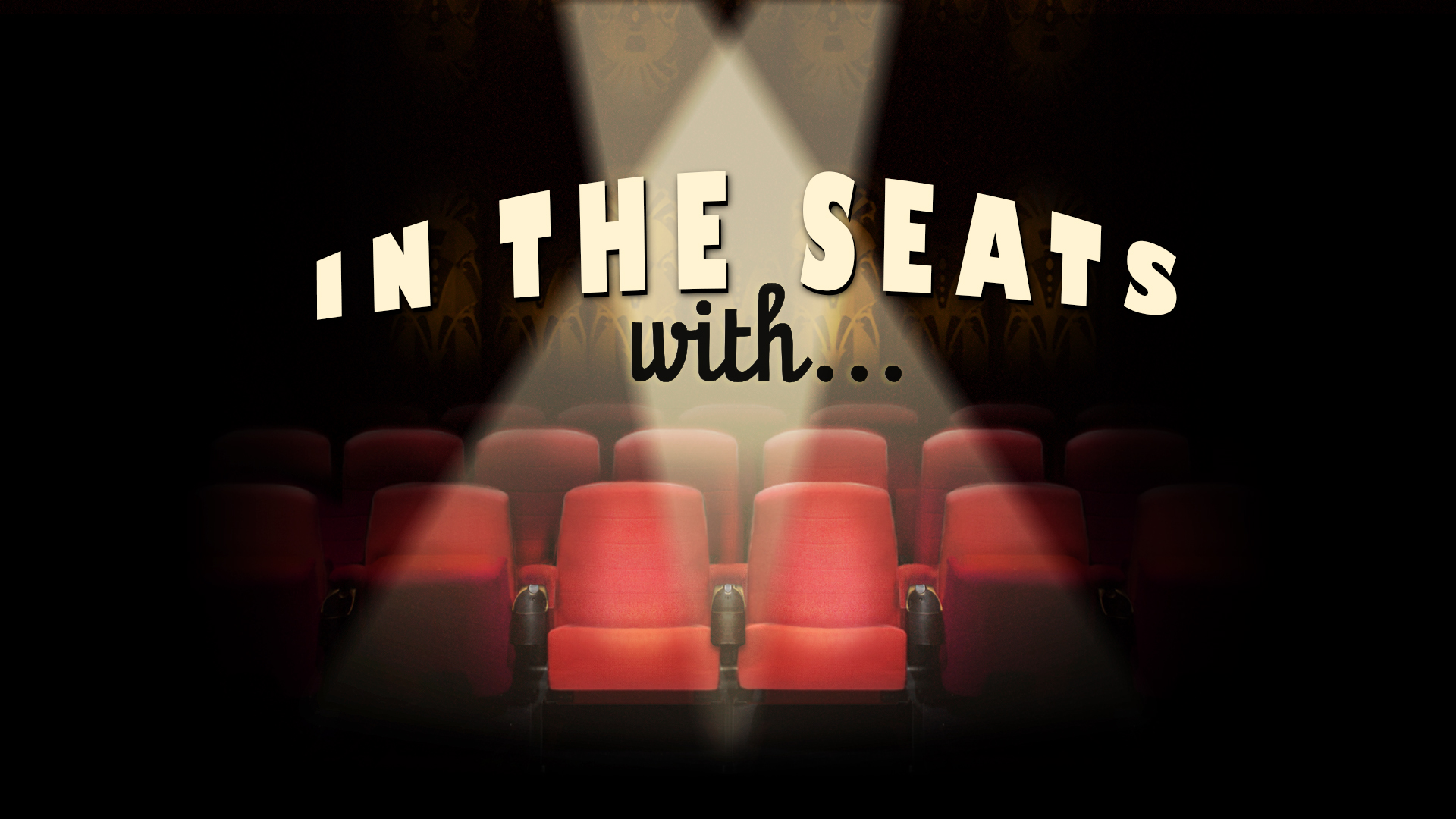A documentary about a documentary is a fascinating concept. Stories don’t begin and don’t end to me. No, I’m not advocating to carelessly walk to the reeds. But a step further can be alright. Released in 1991, Alex Keshishian’s Madonna: Truth or Dare was a influential film for some people. This reminds me of a conversation I actually just had recently with someone made me realize something about Madonna. That at any given moment, there’s a young person discovering her work.
The series of concerts pushed the envelope of sexuality in what was then and still now a conservative America. And it accomplishes that both in front of the stage and on film. It was a time in her life when she took seven fierce, charismatic dancers in that tour. Finding some of them from the voguing scene that she sang about, she became a mother to them. Six of them are gay, one straight, all of them coming from different racial backgrounds.
We know what happened to Madonna but what happened to those dancers? It’s been twenty-five years. Ester Gould and Reijer Zwann’s film Strike a Pose tells the story of those dancers. It successfully makes the case that the dancers are essential in helping Madonna push the buttons she wanted to push. She is an ally to the LGBT community. And she had to bring some of its members to the cultural forefront. It also helps that those members are talented.
One bad thing I’ll say about the film is that it’s visually inconsistent. Sometimes the directors don’t know how to shoot the dancers. They use two kinds of talking head formats. There’s the black and white studio format and then one where they talk to the dancers at home. It also doesn’t help that the film tries to reexamine and repeat the same information and issue. The film then feels performative and artificial, constraining these dancers’ movements.
Fame chose them but that was a temporary state. Again, it also doesn’t help that dance is an art form that has an esoteric fan base. It actually reminds me of something Nigel Lythgoe said that shows and dancers really go nowhere. The best way to sublimate that talent is to teach it and to share it. And some of these dancers do just that. But it’s a journey to come to that realization in a world that idolizes youth and sex.
As I might have said in other reviews about queer films, our stories have three inevitable pillars. And those are growing up, coming out, and dealing with HIV. The AIDS crisis still affects my generation of gay men and those that will come after me. But it was at its worst when Truth or Dare came out. It reminds me of how the disease affected any queer groups I’ve seen in other movies. These dancers are slightly luckier than those other groups but AIDS still hit them.
It was a time when a push back happened against the homophobic stigma against HIV. People protested for AIDS research. And Madonna did her best to tell the stories of her friends who died of AIDS. She also told the audiences in her tour to wear condoms, the dancers helping her with her live PSA’s. But what she didn’t know that some of her dancers were hiding something. Secrets abound in an artistic environment that was supposedly ‘truthful.’
One of the dancers is Oliver Crumes III. In one scene looking at a picture of his colleague Gabriel Trupin and saying ‘rest in peace’. And we’re already connecting the dots. The film also captures the admission of the other two dancers that they were also HIV positive. It intertwines those admissions with the theme of truth and handles these truths perfectly and delicately. That it’s less about the physical effects of being HIV-positive.
It is, then, more about confronting those truths when these men are ready to do so. Madonna does her best and we should remember as a great LGBT ally. But the film does show that like every ally, she has her problematic ways. Pushing buttons and recording her dancers while they’re kissing is not best way to be an ally to my community. It doesn’t seem surprising that her dancers didn’t want to disclose their status to her. Their discomfort towards well meaning allies is something I relate to.
One of the other dancers, Salim ‘Slam’ Gauwloos, talks about these discomforts. He also reveals the way he dealt with his time after the tour. That he was partying a lot and that wasn’t a life. His realization kind of struck me, that doing things isn’t the same as living. A nitpick or two aside about visuals and structure doesn’t take away how much I relate to these dancers. All the film has to show is that they have the same struggles that people in the community do.
https://www.youtube.com/watch?v=7Hqh7lwaNKw
- Release Date: 2/3/2017


